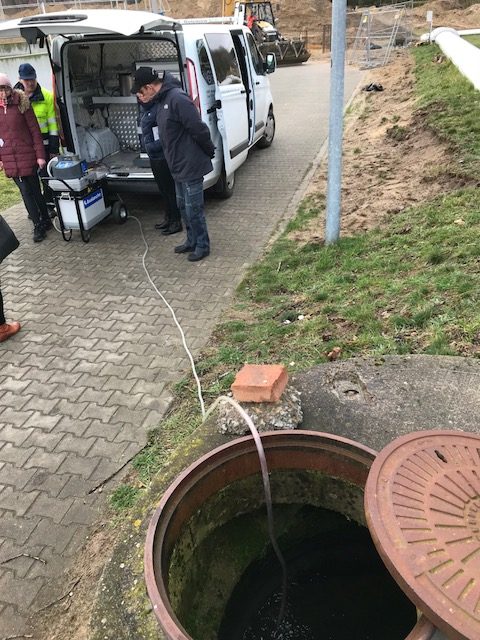A common problem for wastewater utilities is high levels of heavy metals (e.g. cadmium and lead) in outgoing sludge. But how are these metals entering the system in the first place? Industries which are connected to the main sewer are usually pointed out as the most likely sources, however, this is not always the case.
In Höör (Sweden) the main wastewater treatment plant, Ormanäs, has a long history of high heavy metal levels in its sludge however the source might not be from industries but from the bedrock. The bedrock underneath Höör leaches cadmium and lead to the groundwater. It is then through cracks and wrongly connected pipes that this water, rich in heavy metals, is thought to enter the sewer system and finding its way to the central treatment plant. However, the exact entry points remain unknown. This is what will be investigated during this spring within STEP project.
In the middle of March, the STEP-mobile sampler will be arriving to Höör municipality (Sweden). The mobile sampler is a minibus fitted with equipment to take water samples from sewer systems. Five strategic manholes have been located for the sewer in Höör and samples will be taken from there. Since the aim is to sample not wastewater but groundwater entering through cracks the sampling is done during night when small volumes of wastewater is produced since the villagers in most cases are sleeping. Sampling will be done two nights in a row and the collected samples sent to a laboratory which will analyse the water for heavy metals. Flow will also be measured at the same points. The expectation is that the results from the laboratory analysis combined with the flow measurements will shed light on which part(s) of Höör heavy metals are entering the sewer system.

